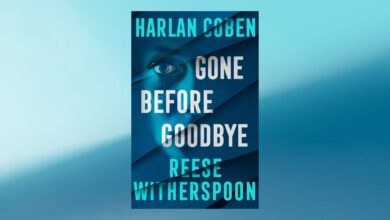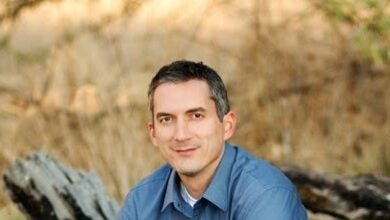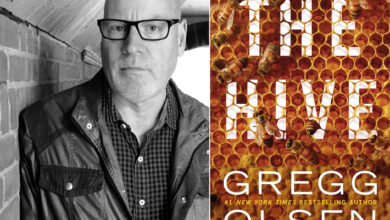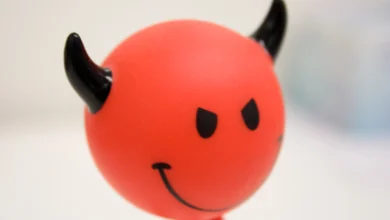Meet Joan Livingston – CanvasRebel Magazine
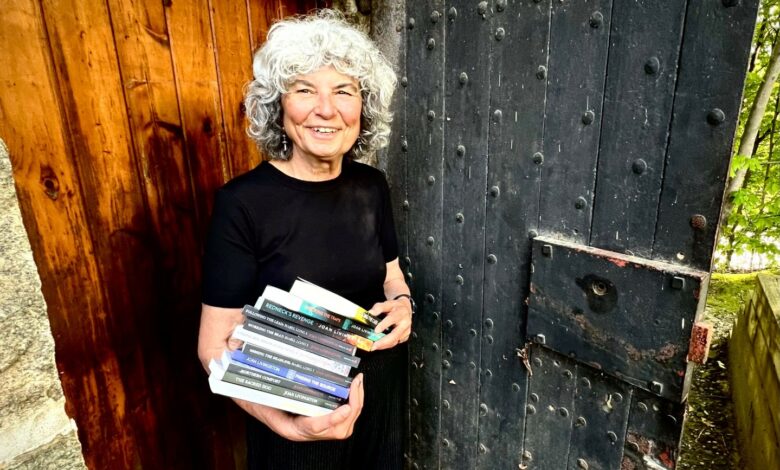
We recently connected with Joan Livingston and have shared our conversation below.
Joan, thanks for taking the time to share your stories with us today How did you learn to do what you do? Knowing what you know now, what could you have done to speed up your learning process? What skills do you think were most essential? What obstacles stood in the way of learning more?
School, in particular my college experience, got me started writing. But my dreams of being an author were sidelined when I developed a writer’s block that lasted over twenty years, one that coincided with raising six children. So, instead I read, read, and read, heading to the public library for stacks of books. These authors, from classic to modern, became my next teachers. I studied how they wrote stories that made me want to read, about the language they used, and the characters they created. This was the first addition to my bag of writing tricks.
Mercifully, that writer’s block broke when I was hired as a reporter for a local paper. Here was the next phase of my learning process and undoubtedly the most essential. My beat was the rural hilltowns of Western Massachusetts, which became the inspired setting for most of my novels. And being a reporter enabled me to study how people talked and behaved. It’s an experience that has paid off with realistic dialogue and true-to-life characters in my novels.
A big change occurred when I was promoted to news editor. I wrote every day, but it was my own writing, finally. I began my first novel using those tricks I had accumulated over the years. My style? I prefer to show instead of tell — keeping descriptions succinct and letting my characters do the talking and acting. Also, the news and feature stories I wrote were fast-paced, a style I use in my fiction with short chapters, which busy readers tell me they enjoy.
Do I wish I had learned the skills I needed earlier? Sure. Perhaps going to grad school would have helped. But that was not in the cards for me. Like so much in my life, I was my own teacher.
Joan, before we move on to more of these sorts of questions, can you take some time to bring our readers up to speed on you and what you do?
The best novels are the ones in which a person becomes so immersed in the story, its characters, and setting they forget they are reading. I wanted to be that author.
Like many writers, I envisioned having a bohemian kind of lifestyle, where I devoted all of my time and energy to my books. Think of the author Henry Miller depending on a network of friends in Paris who fed him on set days. But I wanted to bring in some income for our family. So, I got a job as a correspondent for a local newspaper, covering small towns of less than a thousand people and getting paid by the inch. I was a journalist for 35 years, working my way up the ranks to editor-in-chief for newspapers in Taos, New Mexico, and Western Massachusetts, where I now live. Here’s a secret: I never took a journalism course. Like so much in my life, I learned by reading what others wrote and by doing.
I began my first novel when I was hired as an editor, fitting that somehow into my long days in the newsroom and family obligations. But I was hooked on writing. It became an important part of my day. It wasn’t until I left the newspaper business in 2022 that I was able to devote myself to my books — writing and promoting them.
I have an office, but I often write at the kitchen table and if the weather is nice, on our front porch. My goal is 500 words a day. That amount means progress, considering my typical adult novel is over 70,000 words, and keeps it enjoyable for me, which I hope translates to readers. Actually, from the feedback I get, many do. They will comment on a particular character or how I kept them guessing whodunnit until the end.
In all, I have published 17 books. I have my Isabel Long Mystery Series, which features a former journalist solving cold cases in the fictional hilltowns of Western Massachusetts. Finding the Source, no. eight, had a May 12 release. Then there are the books I would classify as literary fiction, including The Swanson Shuffle, a novel about a young woman’s experience living and working in a psychiatric halfway house, which was released April 30. I also write magical realism books for middle grade readers, including the Twin Jinn Series and a bilingual book, The Cousins and the Magic Fish/ Los primos y el pez mágico. The Twin Jinn and the Alchemy Machine was released earlier this year.
I have two adult works in progress.
Ah, but there is writing and then there is the business of writing. I prefer the first, but the second is necessary yet challenging.
Since I finished my first novel in 2000, I have witnessed firsthand profound changes in the publishing industry. Books used to be only published in paperback and hard cover. Audiobooks were on cassette tapes. But consider the emergence and popularity of books read or listened to on computers, tablets, and phones. Readers now have so many options and sources to obtain books besides the local bookstore. By the way, most of my sales are through eBooks.
Also, back then, wannabe authors sent a query letter, manuscript, and self-addressed, stamped envelope to agents in hopes they will represent them. Now, a writer typically sends an email with whatever an agent or publisher wants with the caveat “if you don’t hear from us in five months, consider it a no.” I lost track long ago of how many query letters I sent. But it didn’t stop me from writing.
When I finished my first novel, The Sacred Dog, I secured an agent who felt he could get it published. I thought I had it made. I was going to be an overnight sensation. My agent sent the first book to about 30 acquisitions editors, but none said yes. My second book was submitted to ten. Again, no. The third went to two editors, and one of them died two days after reading it. We parted ways amicably. The same is true for a second agent who was unsuccessful.
Other changes have been the increase in independent publishers, of all sizes, who don’t require literary agents, and certainly, authors who self-publish, which is now an accepted option.
In 2017, I signed with an indie publisher, who eventually took on nine of my novels, including seven in my Isabel Long Mystery Series. Unfortunately, darkstroke books closed last September. When that happened, I told myself “no more begging.” Happily, Bloodhound Books based in the UK reached out to publish the first three books in my mystery series. I self-published the books that don’t fit its catalog, so I am a hybrid author.
I even taught myself how to format my books for paperback and eBook to avoid paying someone else to do it. My artist son, Ezra Livingston, takes care of the covers.
I recorded an audiobook, Professor Groovy and Other Stories, in the sound studio owned by my musician son, Nate Livingston. Our next project is to create audiobooks for my Twin Jinn Series.
Another son, Zack Livingston, sells my books at his Floodwater Brewing’s taproom in our village of Shelburne Falls. I run a monthly writing group there.
Yes, I have the support of those close to me.
If you’re an indie, self-published or hybrid author, you not only have to get the words down, you need to get the word out. That can be a tough undertaking considering how flooded the market is. So, I am active on social media, especially Substack, where I share posts about my observations, experiences, and news about my books. I prefer not to hit people with the “buy my books, buy my books” mantra, so instead I write about the characters, setting, and inspiration.
In addition, I have done research into which paid promotions work and are worth the money. My first publisher expected us to do promotion, so I got great advice. Pay money to tell readers my eBook is free for a certain amount of days? Sure, because I’ve learned if people like what they read, they will want to buy my others. That works for me.
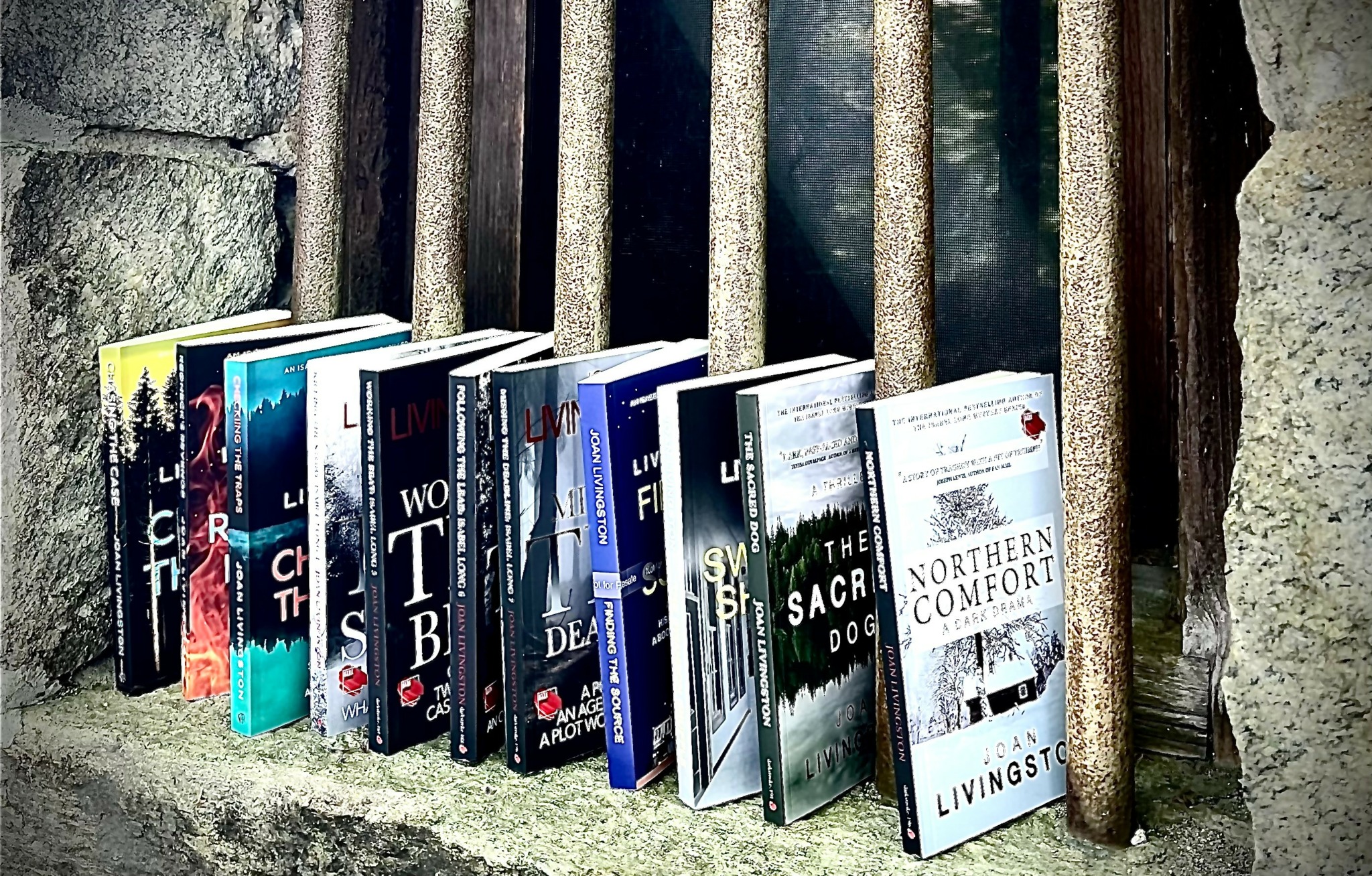
Can you share a story from your journey that illustrates your resilience?
I could tell how I used to get up at 5 a.m. to write before I drove to the newsroom, where I put in 50-60 hours a week as editor-in-chief. I managed to write thirteen books that way. But instead, I will share how I wrote a novel one-handed. I was hit by a car when I was in a crosswalk heading to a coffeeshop before work. The impact broke a collarbone, leaving me in pain and bound up in a sling, but the injury didn’t stop me from writing. That’s when I began my novel, The Sweet Spot. I remember coming home from work — I edited the paper with one hand — and letting the words flow one after the other on my computer’s screen. I don’t know where this story came from, but there it was, 80,000 words, a few months later when I had recovered. To this day, I have not written a novel that fast.
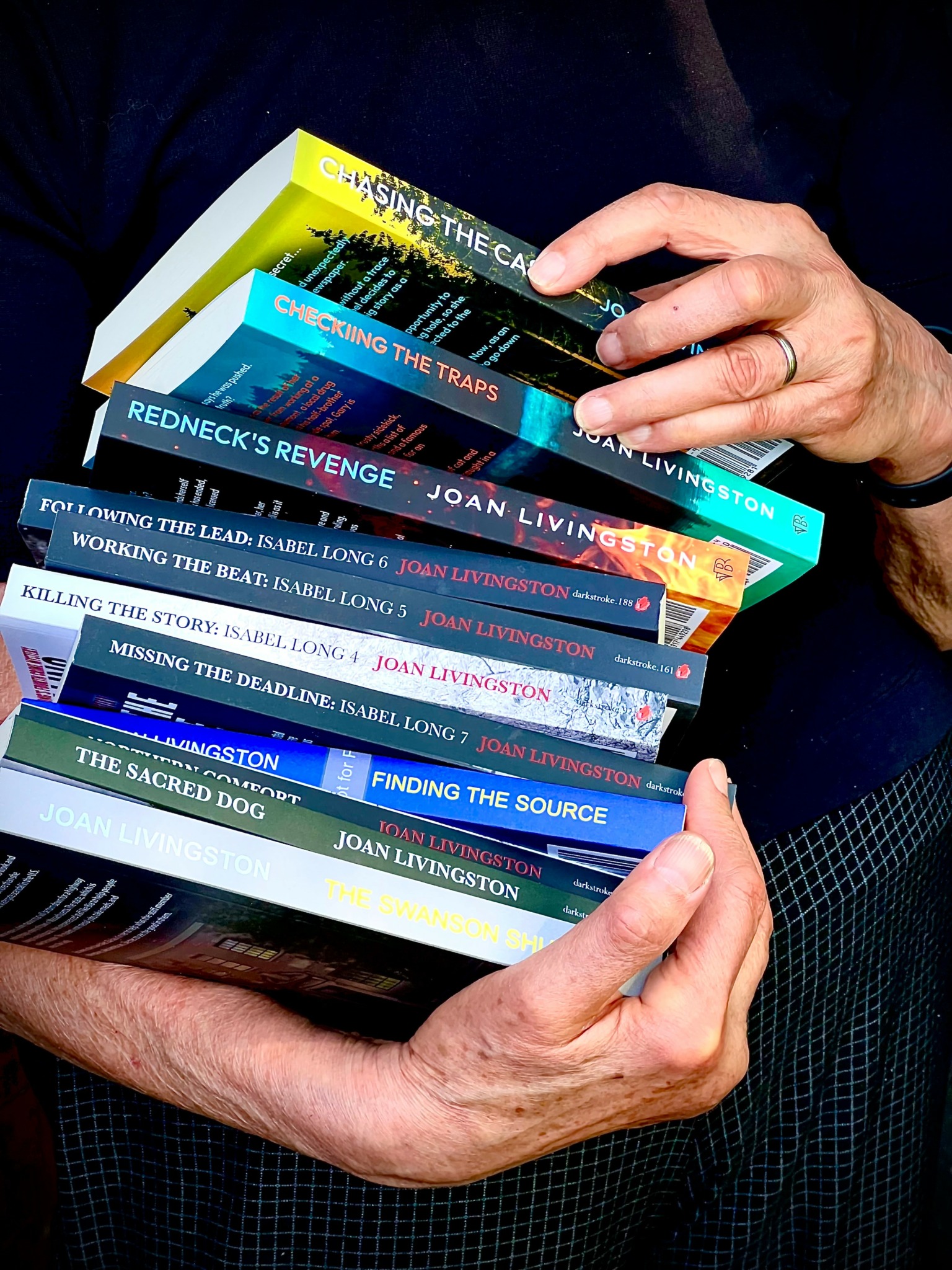
What do you find most rewarding about being a creative?
In his book On Writing: A Memoir of the Craft, Stephen King says that writing is telepathic. That’s certainly true for me. I enjoy being so entranced by the process as the words come from somewhere else. I don’t plan ahead. Frankly, I don’t even know “who dunnit” when I start one of my Isabel Long Mysteries. I solve each one with Isabel. The same goes for the characters I create. I find them as the story develops.
Often times, the next chapter or scene will pop into my head while I’m driving or doing a mindless chore. I remember one time weeding my garden when I got a revelation about the relationship between two characters that was so powerful I had to leave what I was doing and run inside to write.
Along with that personal satisfaction of being a creative is the positive feedback I receive. I have been fortunate to live in place where many creatives live, including Sarah Holbrook, who took the photos for this piece. I’ve been approached by readers who attended readings or recognized me in public — once even in a supermarket’s parking lot — and wanted to talk about my books. Or readers reach out via social media, excited about the next release, or what I posted on Substack.
It makes me so happy when people finish one book and are inspired to read the others. I feel the same way writing them.
Contact Info:
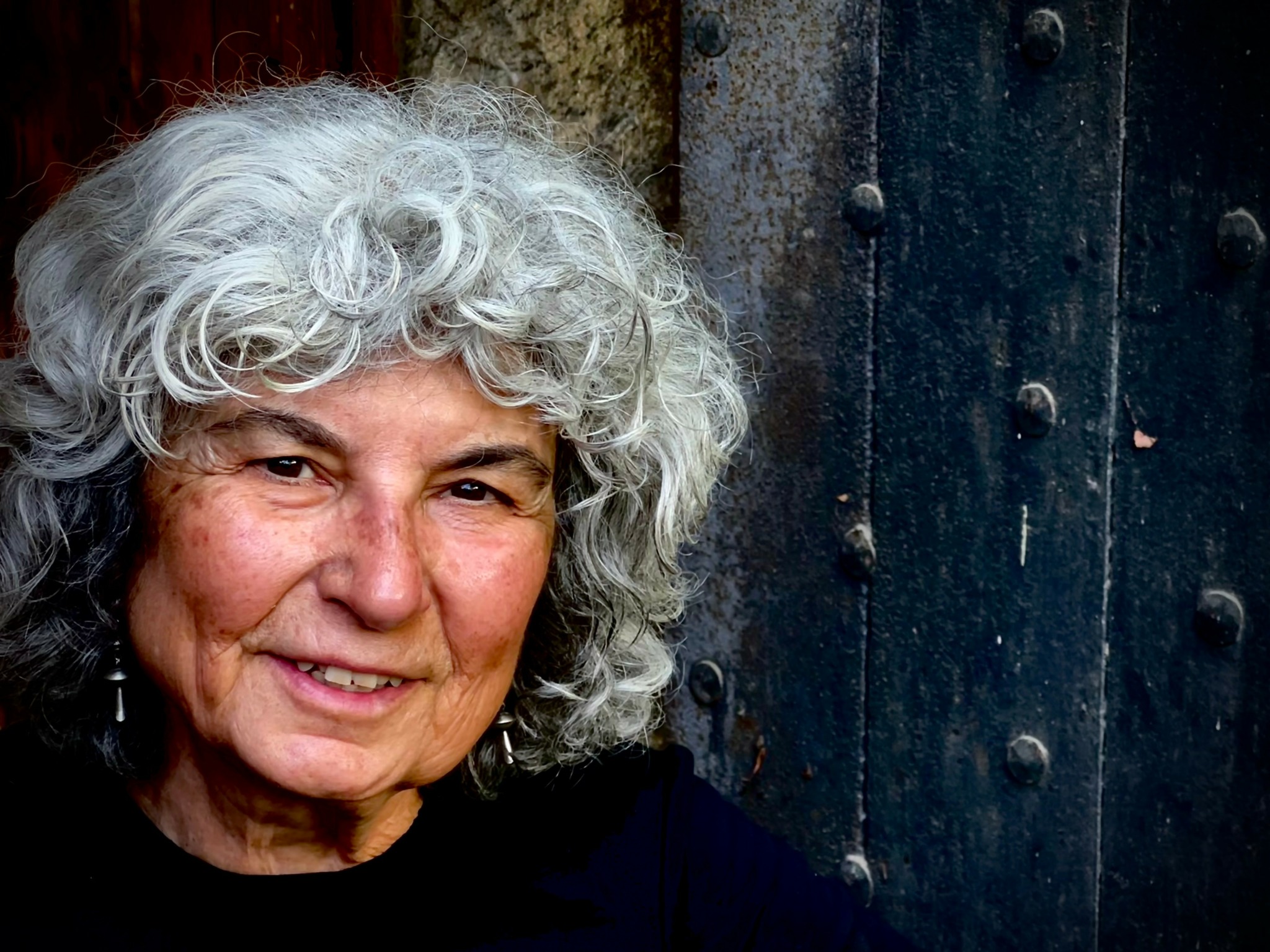
Image Credits
Sarah Holbrook
Source link

